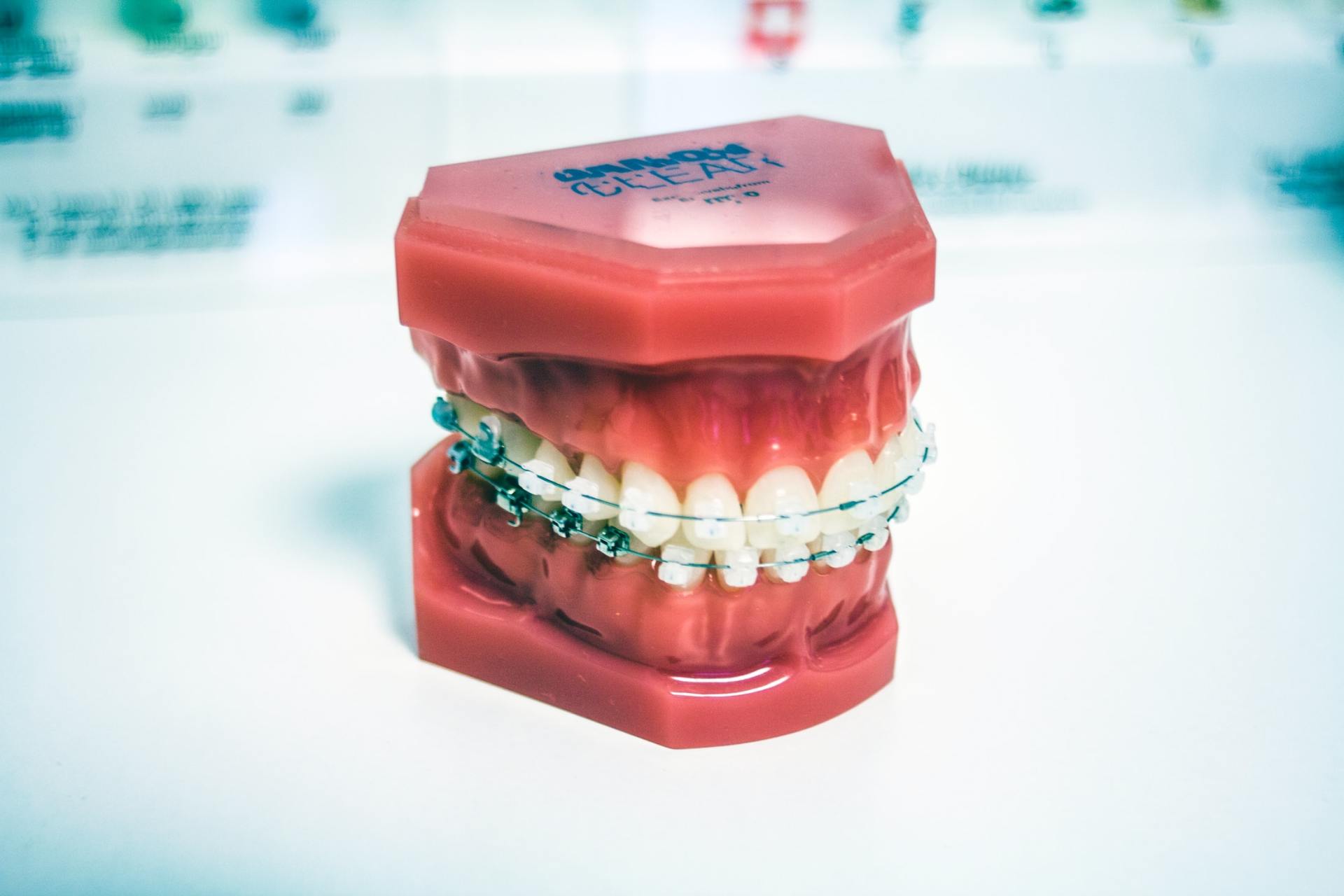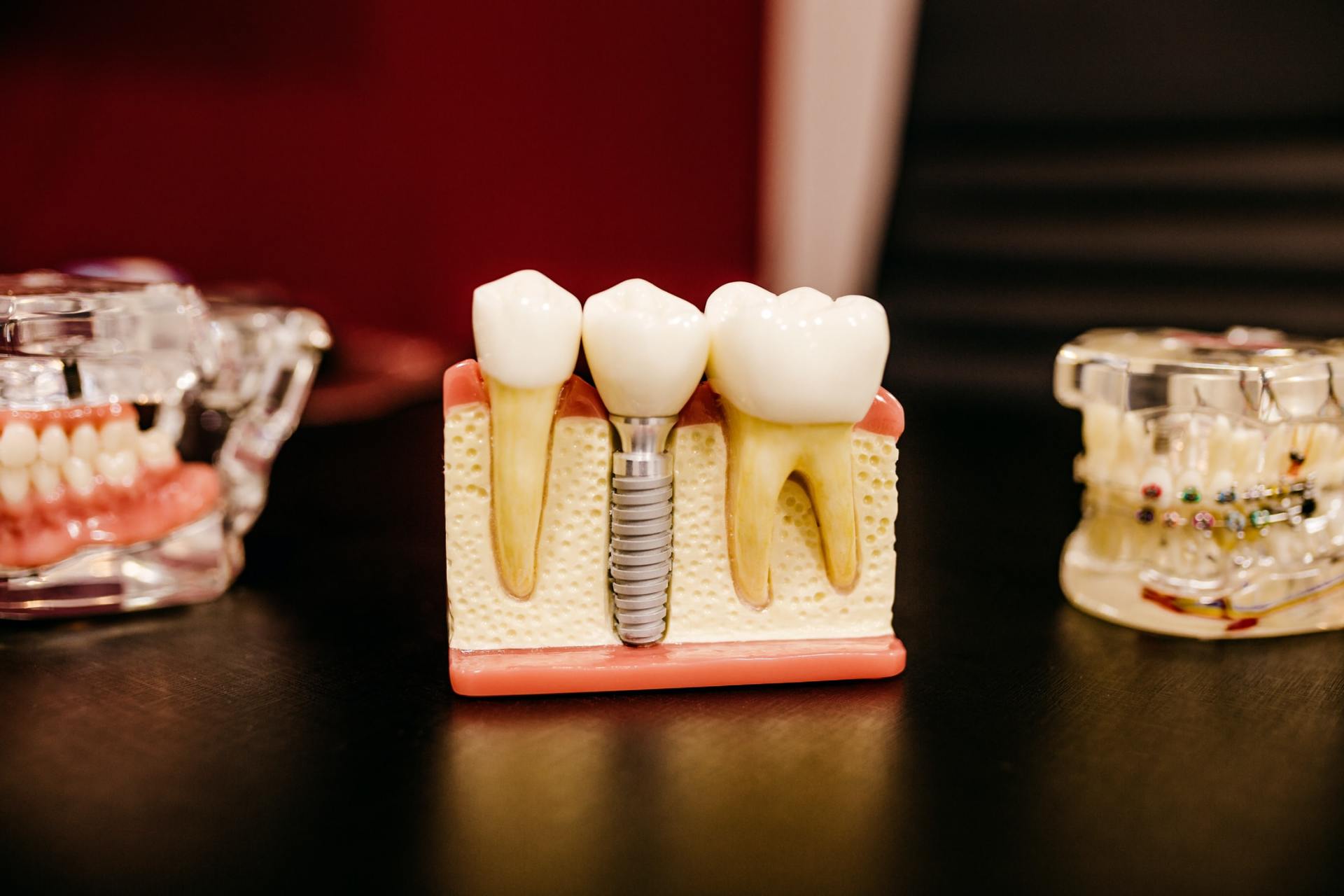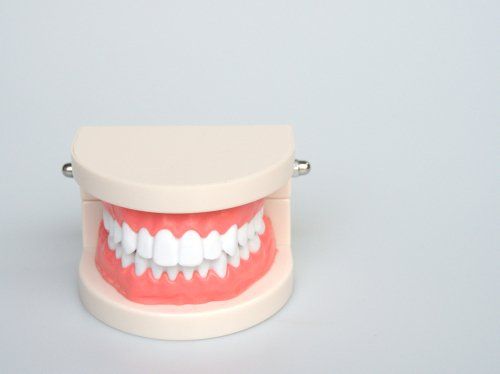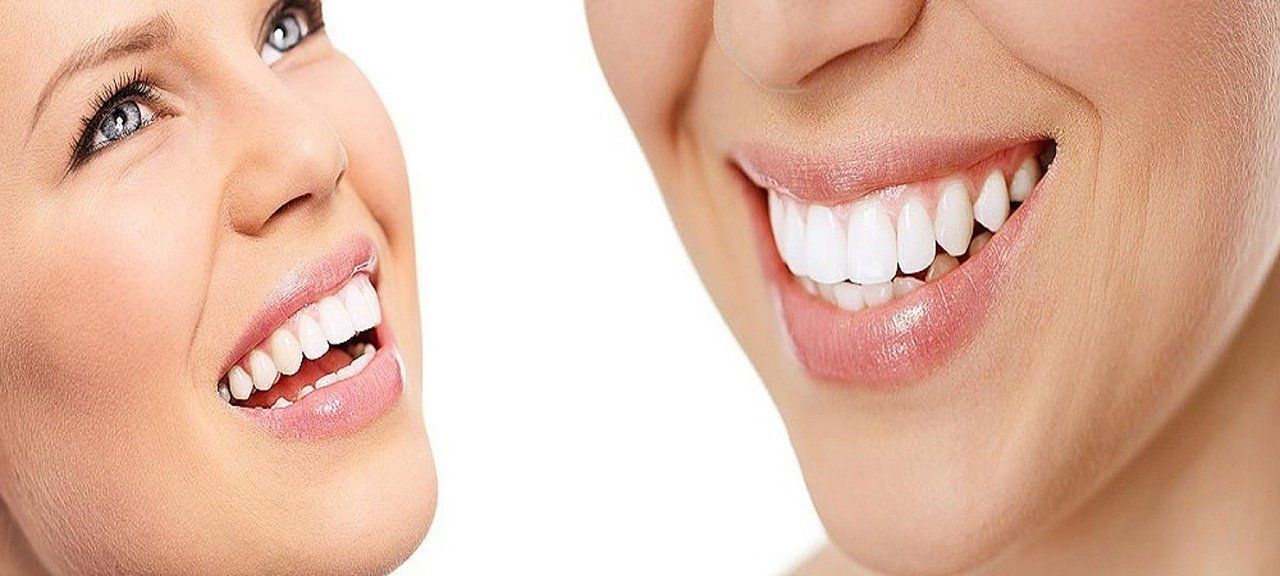Teeth Whitening for Cosmetic Improvement
How teeth whitening can be used in cosmetic dentistry
Let's be honest, one of the main places to which we direct our attention during a conversation is the mouth of our interlocutor and more specifically their teeth, and a white smile always produces a better impression than one with stained teeth.
Dental pigmentations can generate complexes in people who suffer from them because they do not feel comfortable with the state of their teeth, so they avoid laughing or put their hand to their mouth when speaking to cover them. But the worst thing is that their self-esteem and confidence are greatly affected, which can compromise their interpersonal relationships.
This is where cosmetic dentistry comes in, which aims to correct those imperfections that affect the aesthetics of the smile, such as dental pigmentation. And by perfecting oral aesthetics, it also improves the aesthetics of the entire face.
One of the most requested aesthetic procedures and with increasing popularity in recent years is teeth whitening, which is based on the modification of the color of the teeth.
What is teeth whitening?
It is a treatment performed with the objective of eliminating dental pigmentations and stains. To carry it out, non-abrasive and biocompatible whitening substances with dental tissue are used. When performed correctly, it reduces the color of the teeth by several shades, making them look whiter.
In which cases is it indicated?
Teeth whitening can be performed in those stains and discolorations resulting from the ingestion of dark carbonated beverages, coffee, tea and/or red wine. It is also a consequence of aging, prolonged use of the oral antiseptic Chlorhexidine, drugs such as tetracyclines, blows or fractures in the teeth, root canals, smoking, among others.
How is teeth whitening performed?
Currently there is a wide range of teeth whitening procedures, the main ones being:
In-office procedure
First of all, for whitening to be feasible, the patient must have a completely healthy oral cavity, that is, free of diseases such as tooth decay and periodontal disease.
To perform the procedure, a whitening agent, which can be hydrogen peroxide or carbamide peroxide, is applied to the front surface of the anterior teeth after isolating and protecting the surrounding soft tissues.
Another option is light or power bleaching, in which after applying the hydrogen peroxide whitening gel, the teeth are exposed to a light source (LED or halogen) for a few minutes to accelerate the whitening process.
It is a dental treatment that is not painful, although there are some people who may experience dental and gingival sensitivity, so it should be performed following the manufacturer's instructions to the letter.
At-home procedure
In this procedure, the patient performs the whitening at home following the dentist's instructions. A custom-made tray (to avoid contact with the gums and possible injury) is used to apply the whitening agent carbamide peroxide.
There are other products available on the market whose purpose is to whiten teeth, such as toothpastes and strips, but most of them are not as effective as whitening performed by a dentist.
Please note that teeth whitening should only be performed and supervised by a dentist, since its indication is performed following a protocol of clinical evaluation, diagnosis and planning of the procedure, in relation to the condition of each patient.
How often can it be performed?
The effects of whitening can last from several months to years, much will depend on the care taken by the patient in the maintenance stage. Therefore, you should follow measures such as brushing your teeth properly after every meal and moderating/avoiding the consumption of foods and beverages with a lot of coloring.
Tooth whitening treatment can also be accompanied and enhanced with the performance of other minimally invasive oral aesthetic procedures, these are:
Gingivectomy, in which the gingival margin of anterior teeth is reshaped to increase the length of their crown, thus achieving a more proportionate and aesthetic size.
Contouring of incisal edges, in this treatment only the incisal part of the anterior teeth is contoured (with composite) to modify their length and shape.
It should be taken into account that dental restorations such as composites and crowns do not suffer the effect of dental whitening, so when both treatments (whitening and restoration) are indicated in a patient, whitening should be performed first and then the restoration.
As we can see, teeth whitening is a very viable and affordable option for those who want to improve and enhance their smile and facial aesthetics without having to undergo more invasive dental procedures. After the procedure, they look younger and project more self-confidence.
whitenwithhyten.com - Digital Marketing By Smart Digital
* DISCLAIMER - We use text messaging to contact our patients. By entering your phone number, you consent to texts. Rates and terms apply. Text STOP to opt out.










